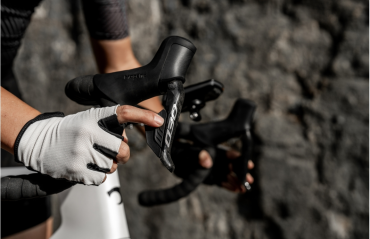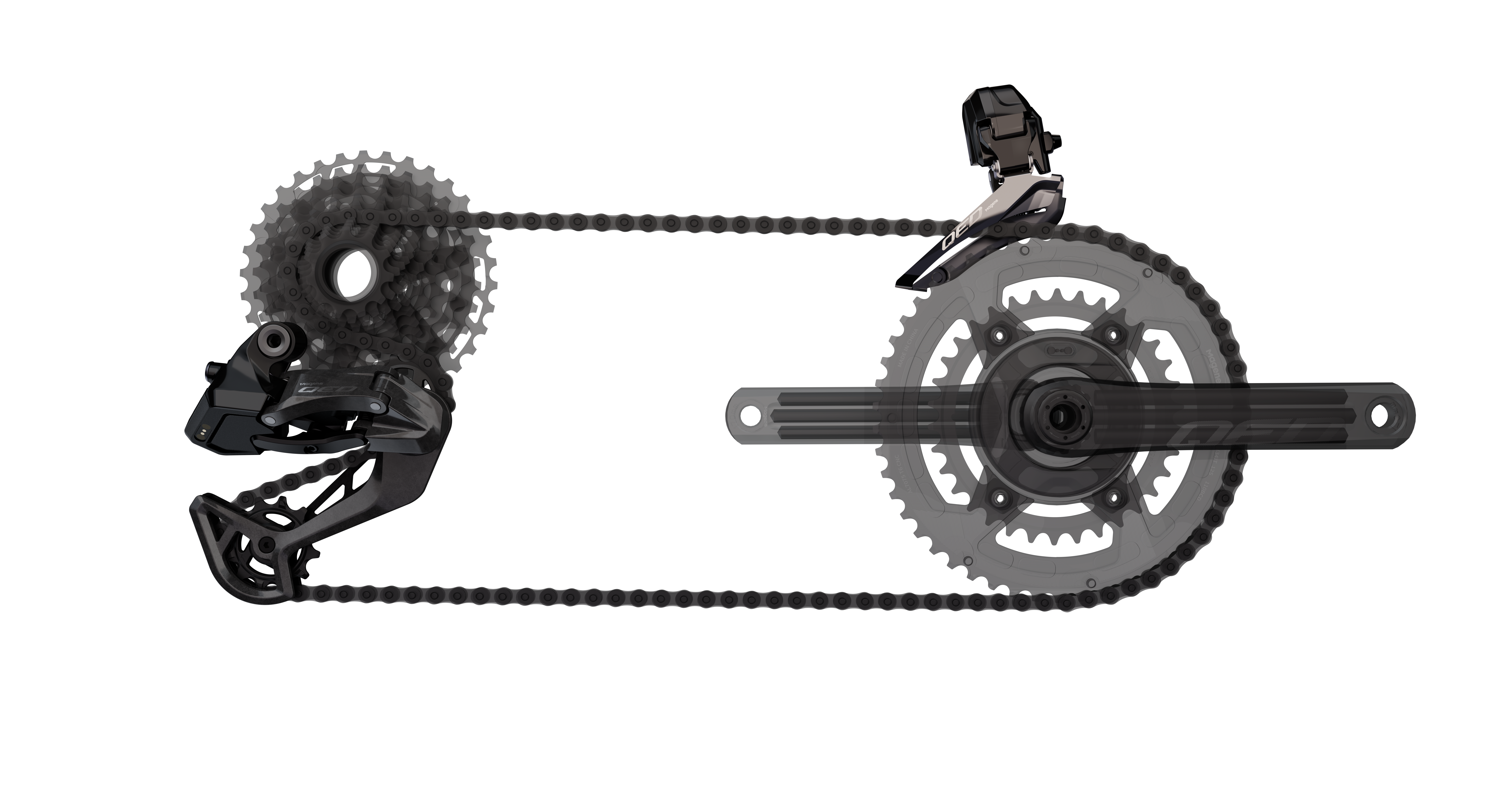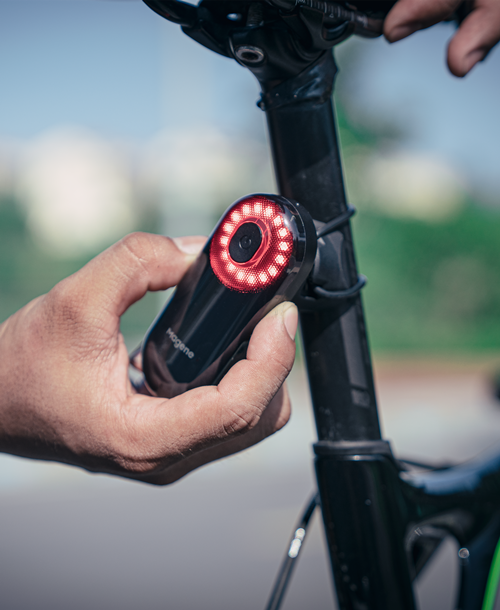Blog
Blog Search
Recent post
Latest Comments
- boba on When some light modes are swit...
- Michael Schneider on Ich kann meinen neuen Magene P...
Popular Articles

In the realm of road cycling, every technological advancement propels the riding experience to new heights. In recent years, electronic shifting systems have emerged as a standout feature in high-end road bikes. For many cycling enthusiasts, this isn't just a novel technology but a fresh exploration of riding efficiency and convenience. So, is electronic shifting for road bikes worth giving a shot? Let's delve deeper into the discussion.

Electronic shifting systems revolutionize the way we change gears on a road bike. Traditional mechanical shifters rely on cables and derailleurs to move the chain between sprockets. In contrast, electronic systems utilize motors and sensors to perform these actions with precision and speed. This transition not only enhances the aesthetic appeal of the bike but also introduces a range of functional benefits that can significantly impact your ride.
One of the most apparent advantages of electronic shifting is its precision. The motors in these systems can position the chain with millimeter accuracy, ensuring that you're always in the optimal gear for the terrain. This is particularly beneficial during races or long rides where every second counts. Moreover, the speed of shifting is unmatched; a simple lever tap is all it takes to switch gears seamlessly, allowing you to focus more on the road ahead.
Electronic shifting systems are designed to be highly consistent. Unlike mechanical systems, which can be affected by cable stretch, wear, and contamination, electronics offer a more reliable performance over time. This consistency is crucial for maintaining optimal gearing throughout the ride, especially in challenging conditions like wet or dusty roads.
Modern electronic shifting systems often come with companion apps or software that allow riders to customize their shifting profiles. This means you can tailor the shift mapping to your personal preferences, optimizing gear transitions for your riding style and terrain. Furthermore, these systems can integrate with other bike components, such as power meters and GPS devices, providing a holistic cycling experience.
Undoubtedly, the biggest drawback for many is the cost. Electronic shifting systems are significantly more expensive than their mechanical counterparts. This price difference can be a deterrent for budget-conscious riders. However, it's worth considering the long-term benefits, including reduced maintenance costs and enhanced performance, which might justify the initial investment for some.
Electronic shifting for road bikes represents a significant leap forward in cycling technology. Magene QED road bike electronic shifting system which hit the market in October, comes in both rim brake and disc brake versions, with the disc brake version further divided into integrated and separate caliper options, catering to the diverse preferences of cyclists. It caught the attention of cyclists by its fast and precise shifting and its ecosystem integration with bike computers and bike lights.
The system is available and open for OEM now, so if you are interested, please feel free to contact sales-bd@magene.com for more detailed information.
This website use cookies to ensure you get the best experience on our website.Privacy Policy
If you have registered any of Magene's apps before, you can log in directly.
Compare0My Wishlist0 Contact us
Join Us!
Sign up to Magene emails to be the first to receive the latest news, product promotions, events and exclusive offers.
Start typing to see products you are looking for.
0 Comments